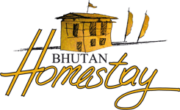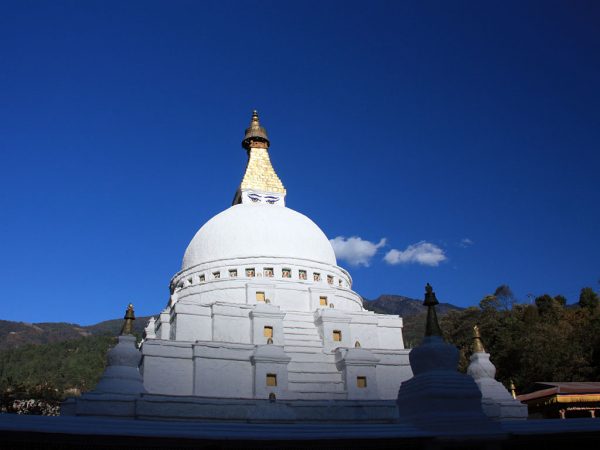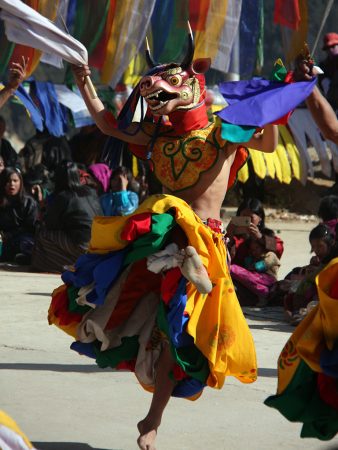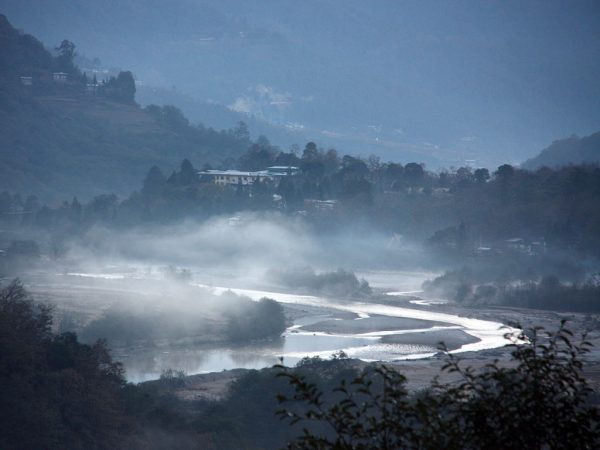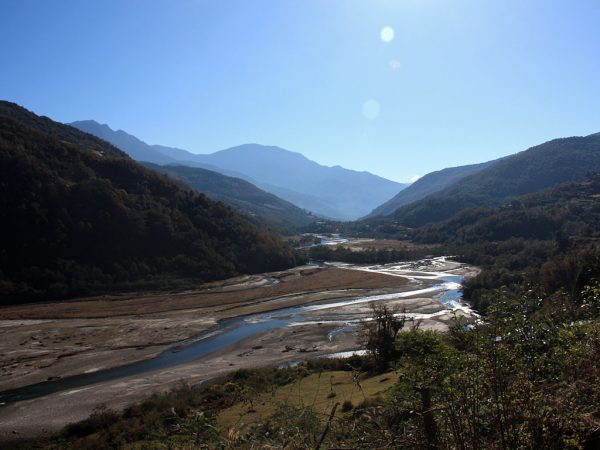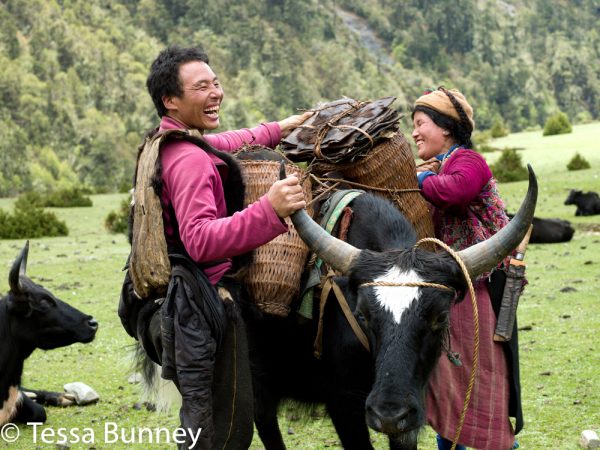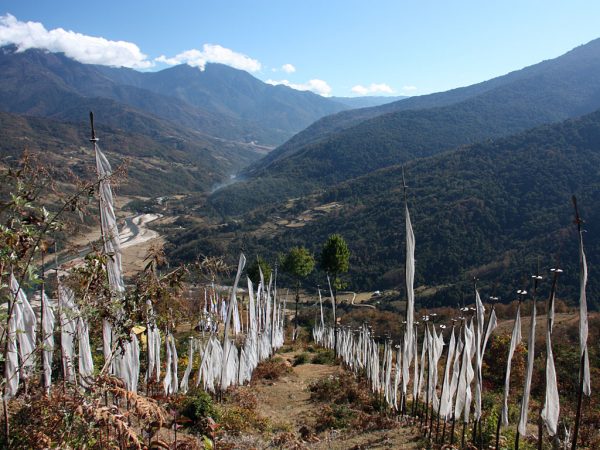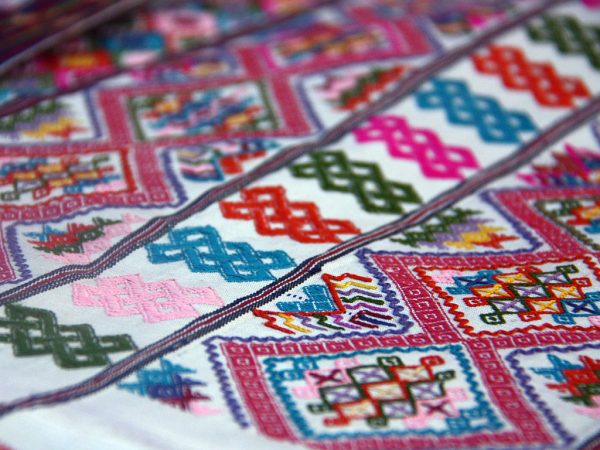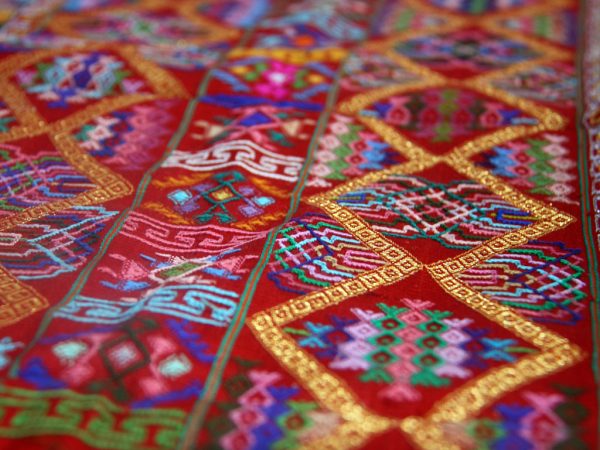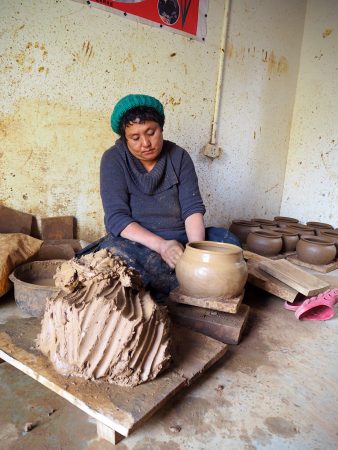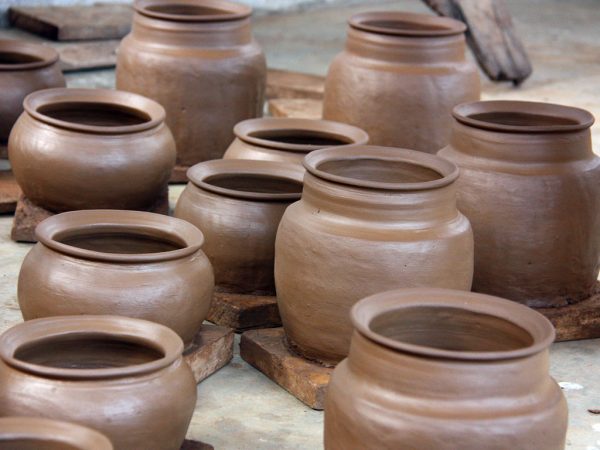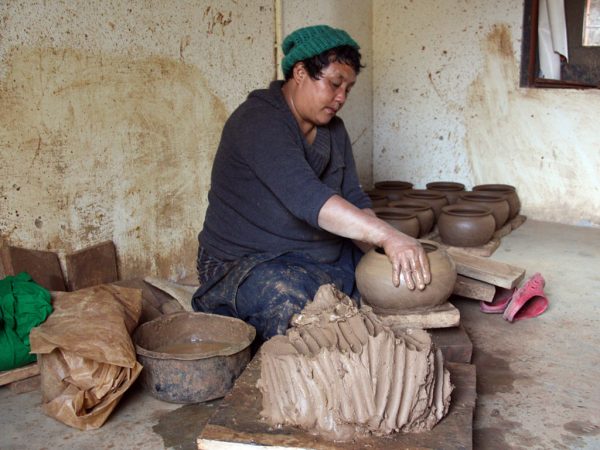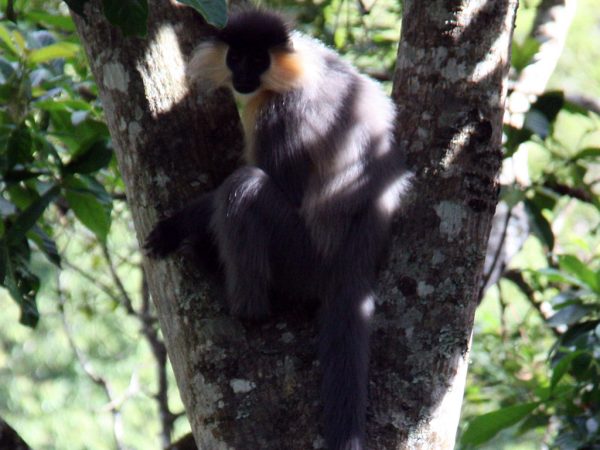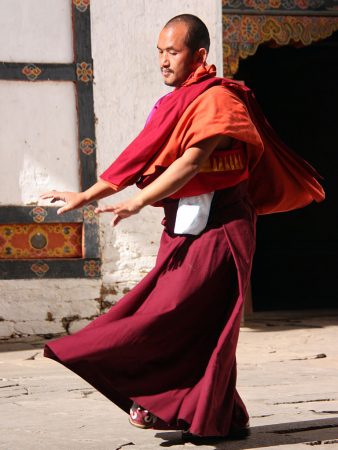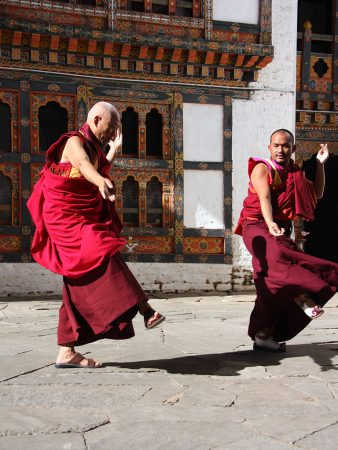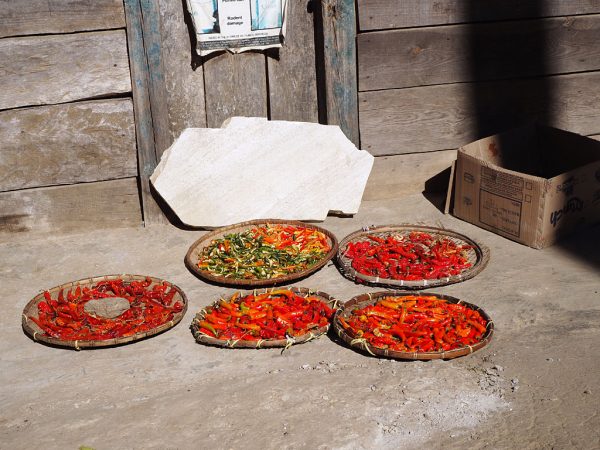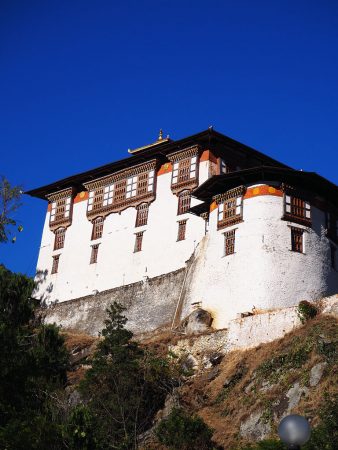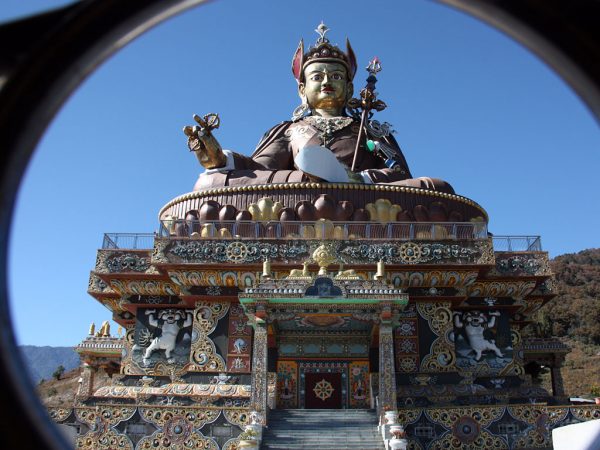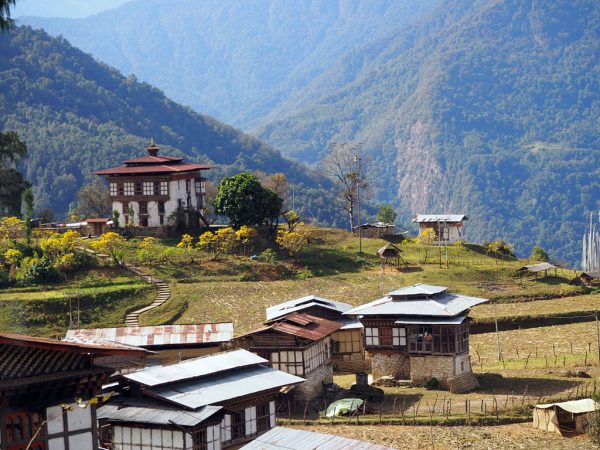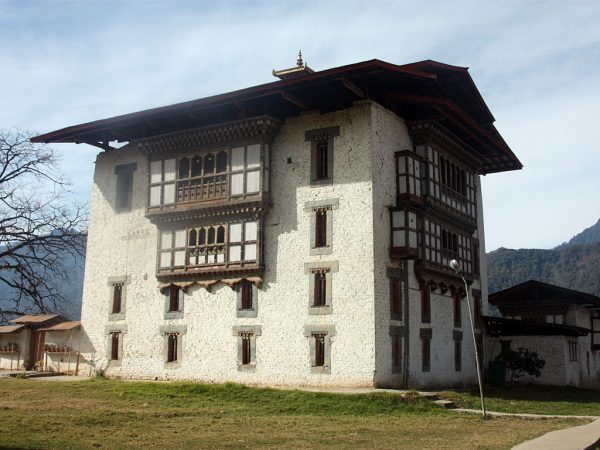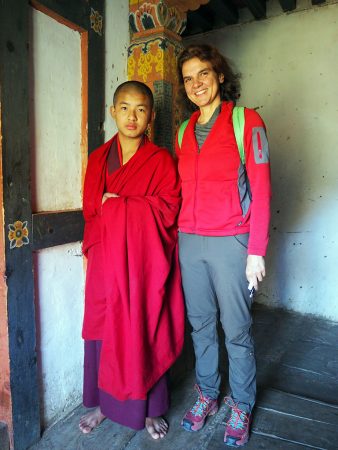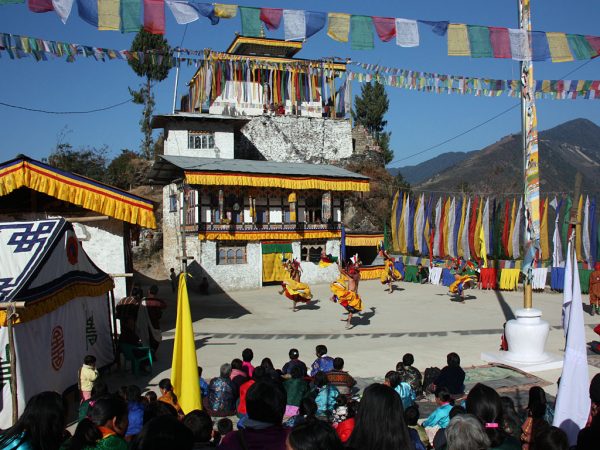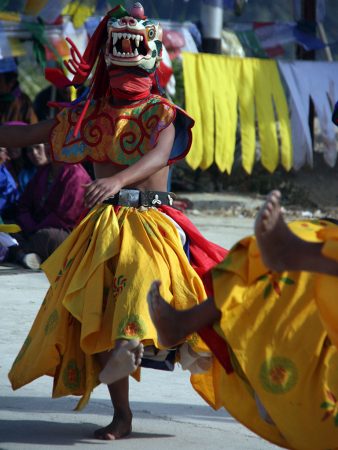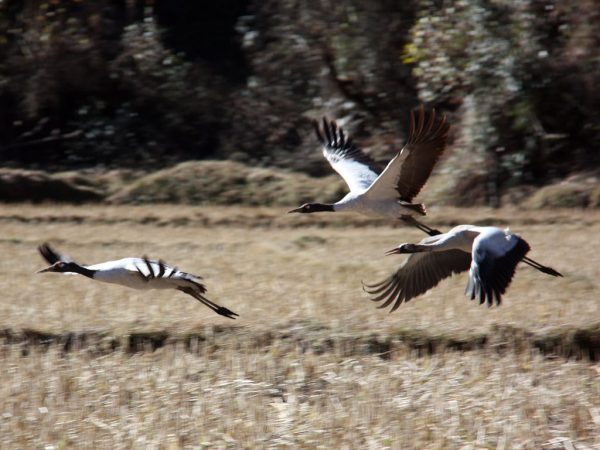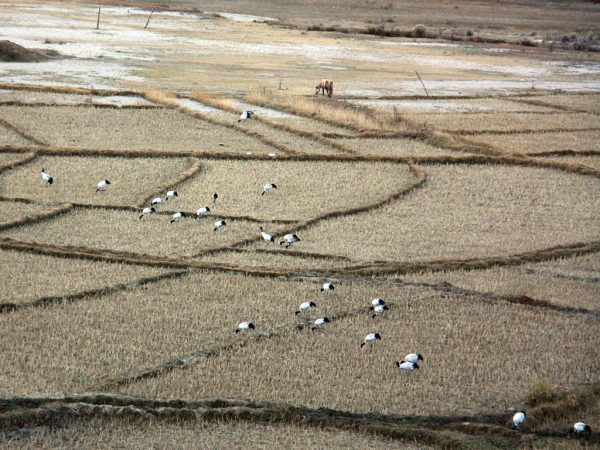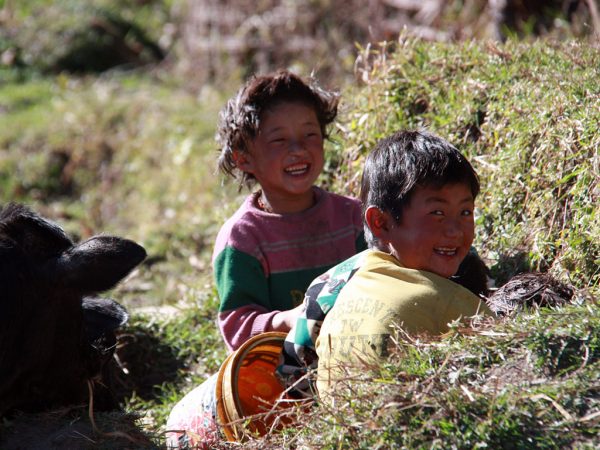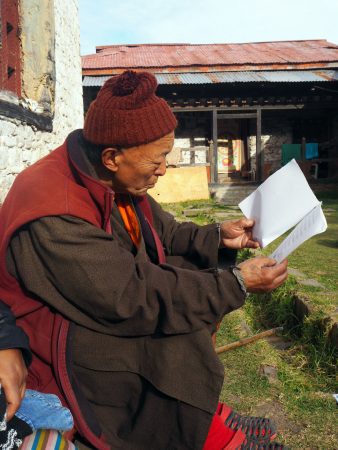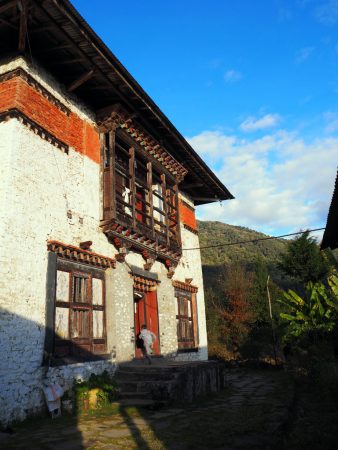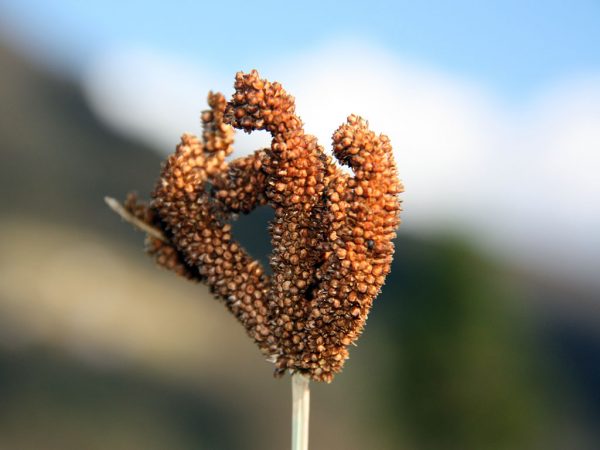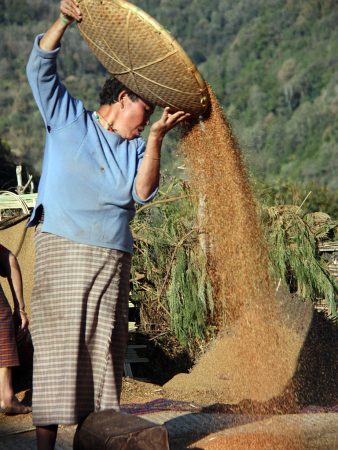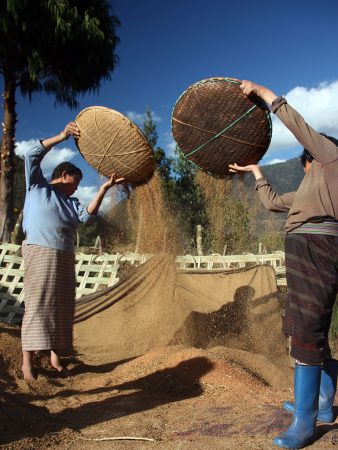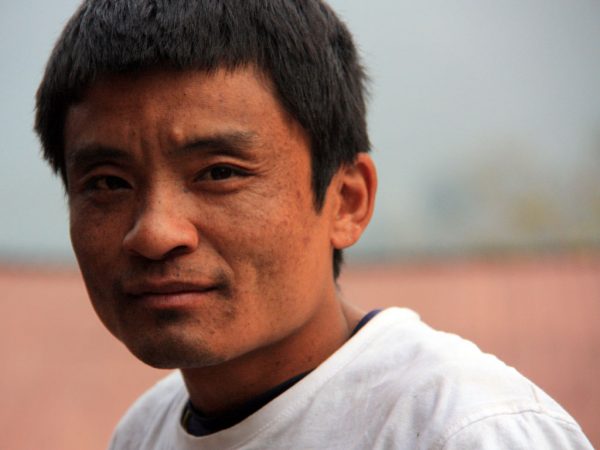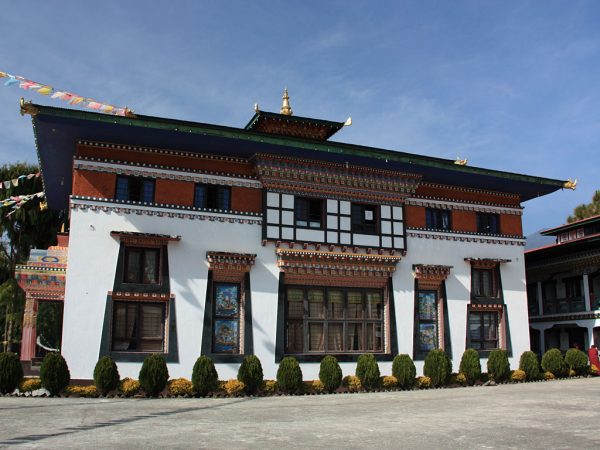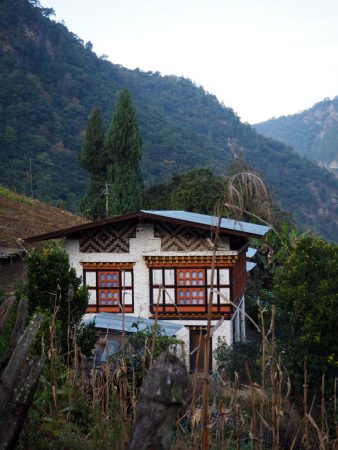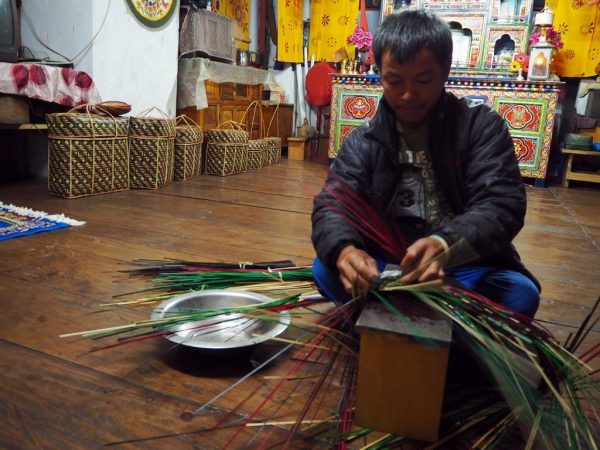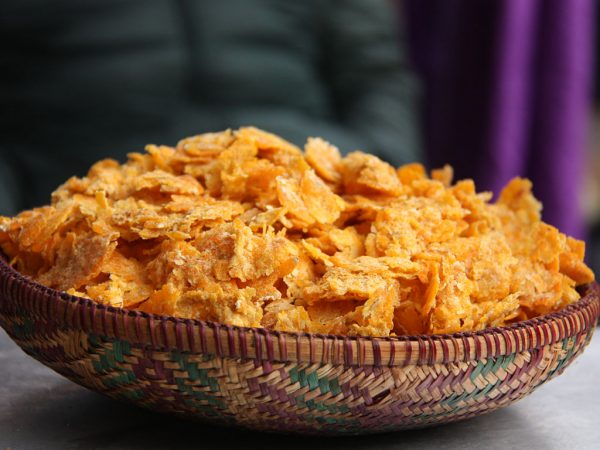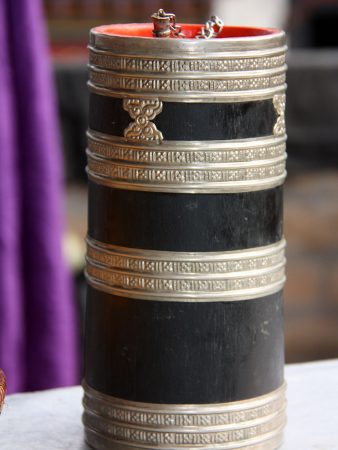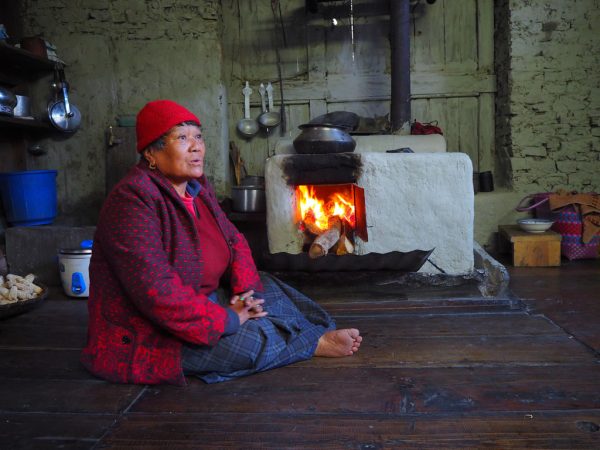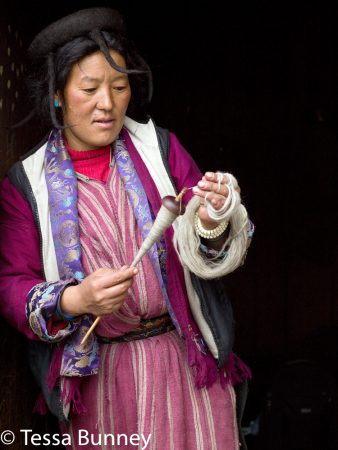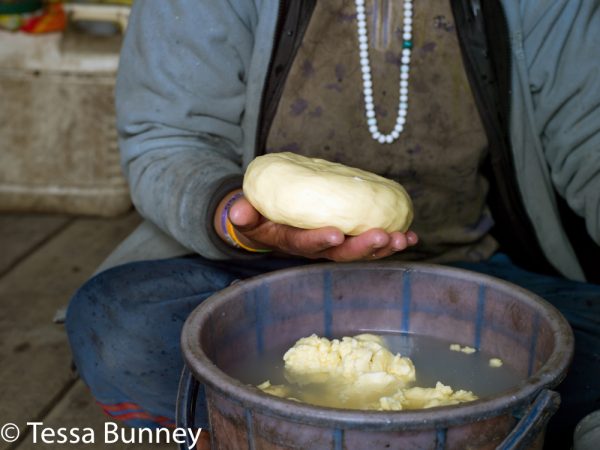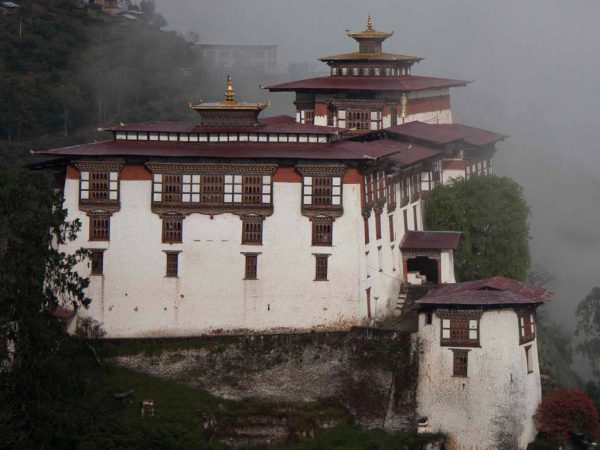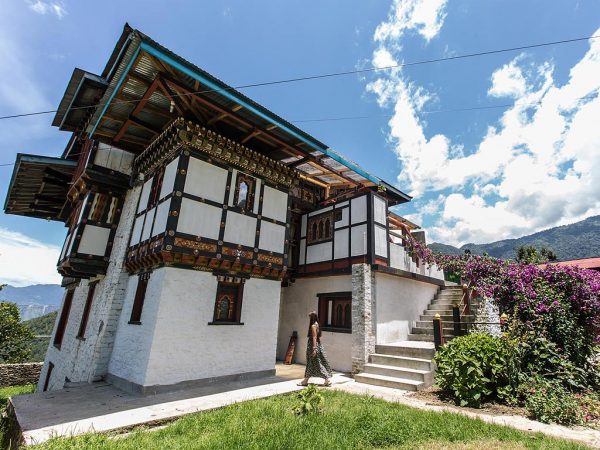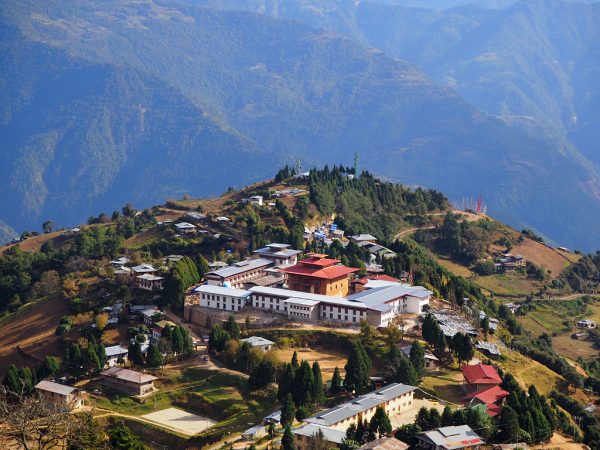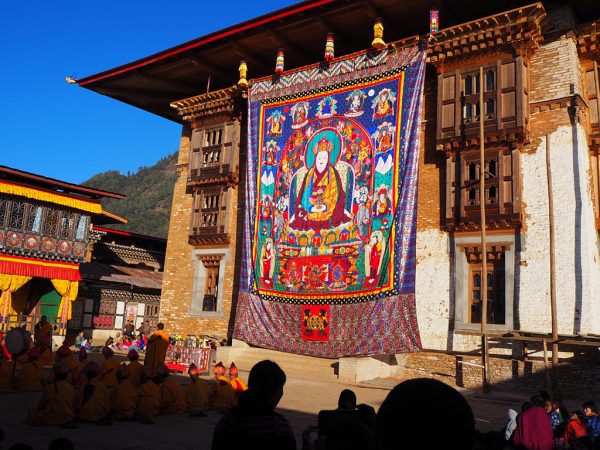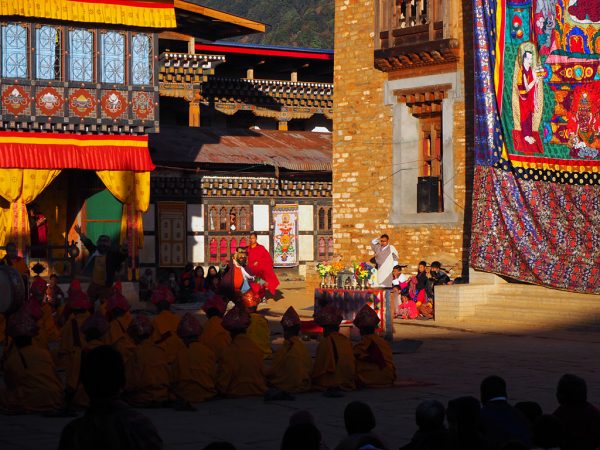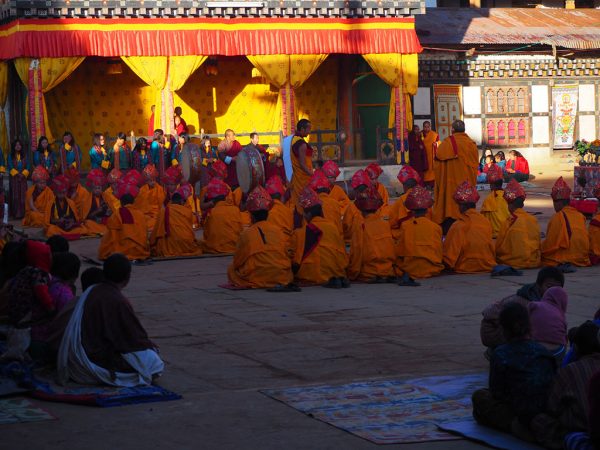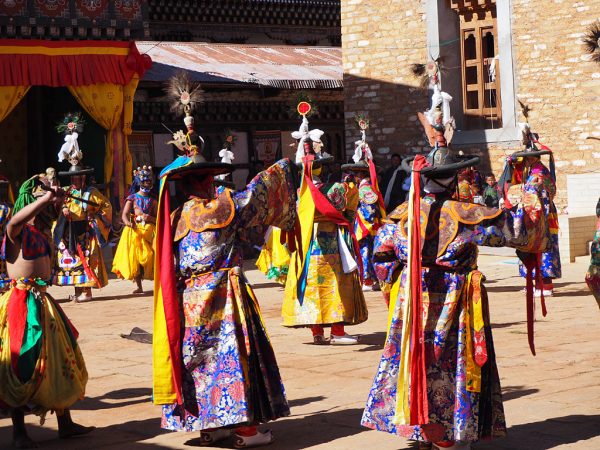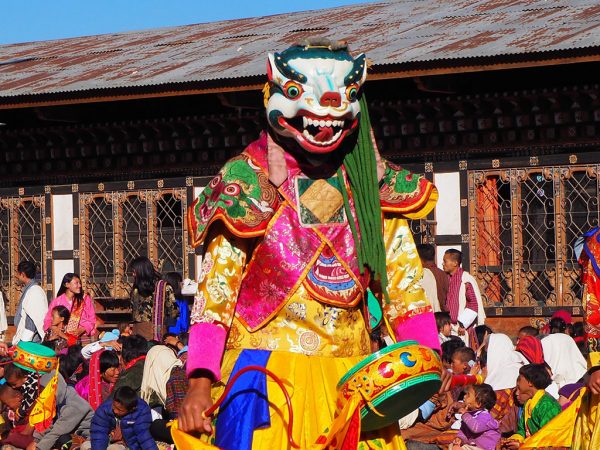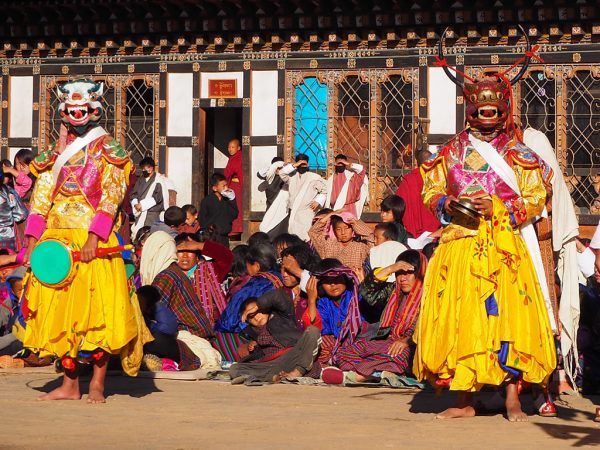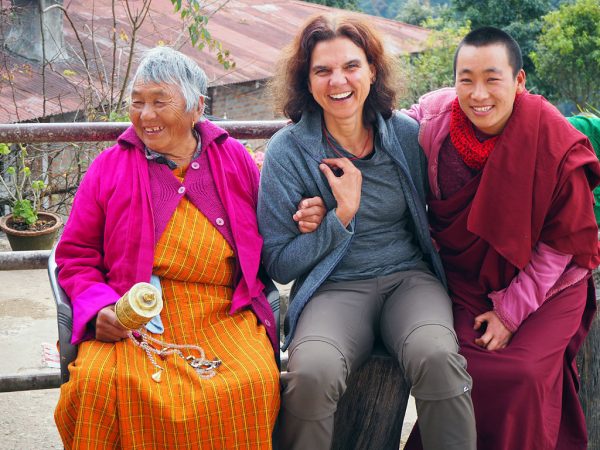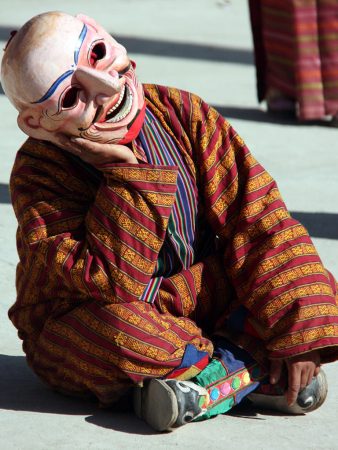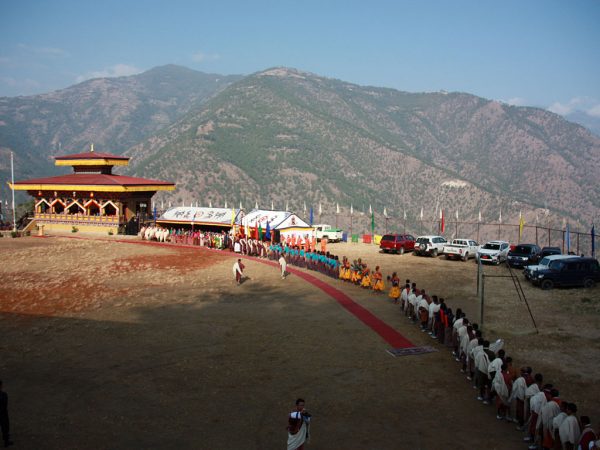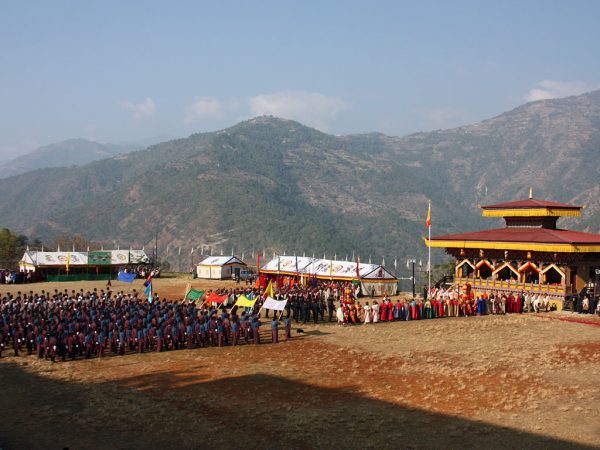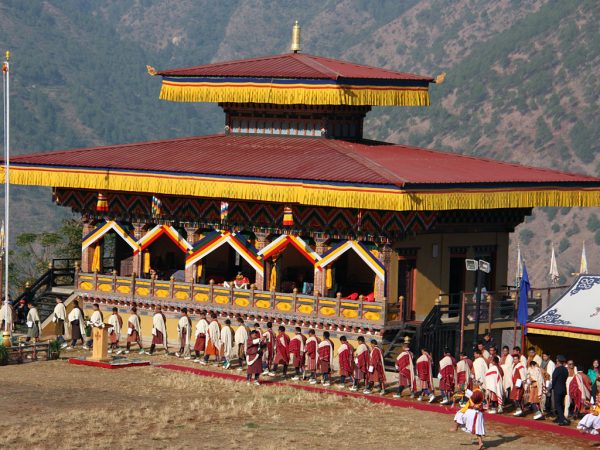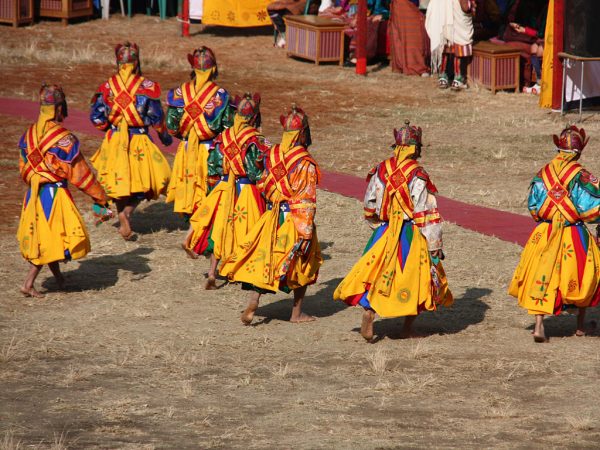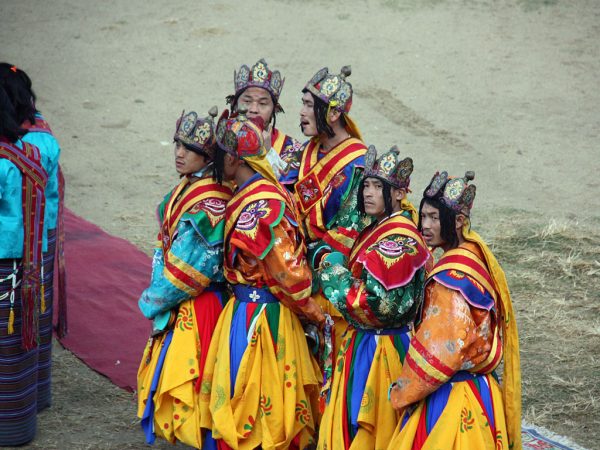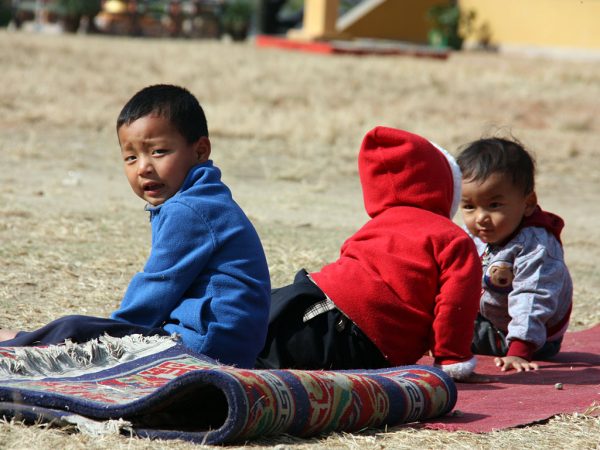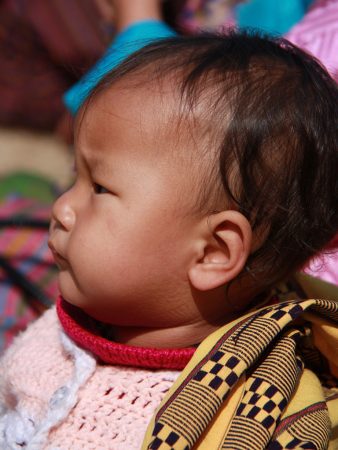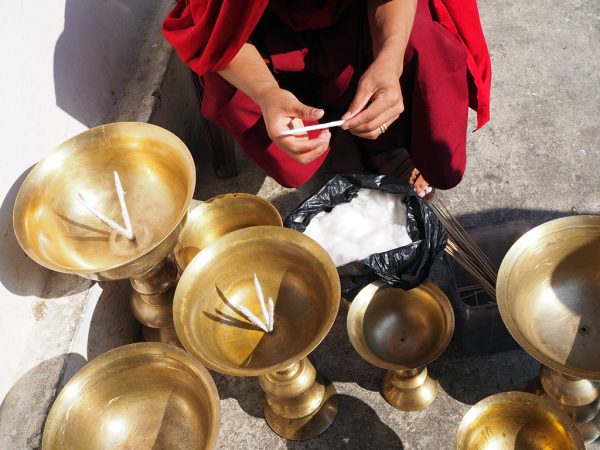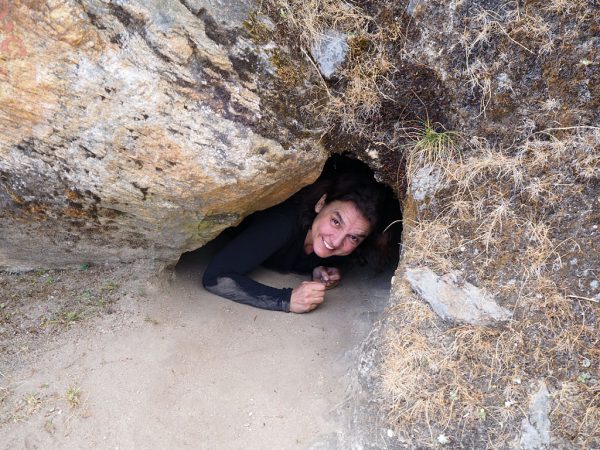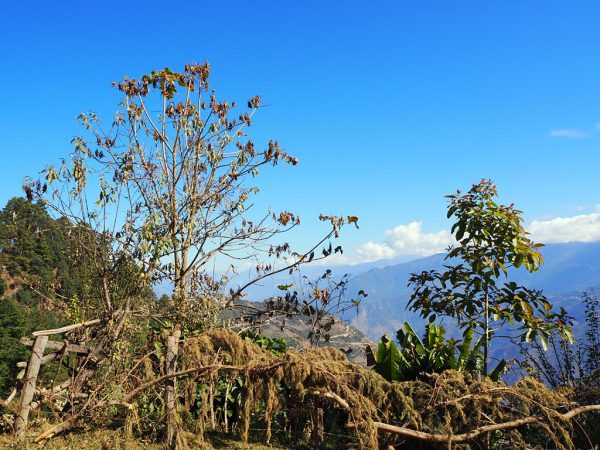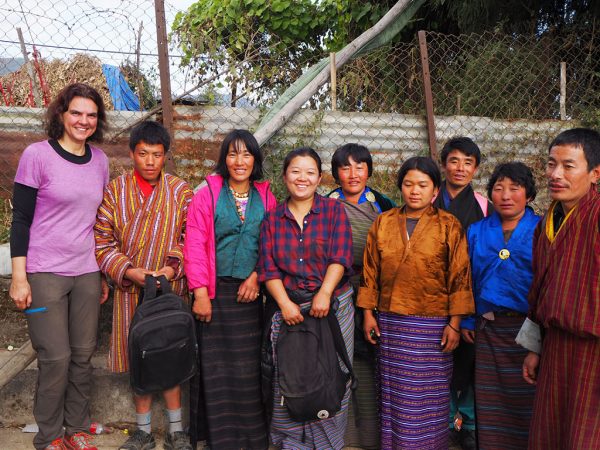The wild East
East Bhutan comprises of the districts of Mongar, Lhuntshe, Trashigang, Trashiyangtse, Pemagatshel, and Samdrup Jongkhar at the Southern border. The East is still considered less developed than the West in terms of tourism infrastructure. That makes it an even more valuable and interesting place for adventurous travelers and those who do not want a cookie cutter itinerary. Not yet plastered with hotels and guesthouses, the landscape is rugged, the valleys are steep and flora and fauna exceptionally amazing.
Many villages in the East are not clustered but take on a different look with spread out households nestled within rice fields. The Architecture is slightly different from other parts of Bhutan and construction material is adapted to the respective climate. Travelers wanting to experience authentic rural lifestyle and hospitality traditions will find the East very fascinating.
Eastern Bhutanese, called Sharchops, are known to be a very friendly and relaxed lot and in the villages they welcome their guests traditionally with a drink of the local moonshine ara, as part of the infamous tshoghchang ceremony.
Agricultural products range from rice, maize, millet, vegetables and various fruits such as mangos, oranges and papaya. Fruits are available throughout the year. Lhuntshe and Trashigang are famous for weaving and pottery and Trashiyangtse for the production of the traditional wooden bowls called thapa. In the higher altitude of Merak-Sakteng you can meet with the semi-nomadic yak herders, known as Brokpa, famous for their unique appearance and traditions.
Dzongs, Monasteries and Temples
Pongchola Lhakhang
Hike from Mongar
Drametse Lhakhang
This temple was founded by a highly accomplished Anim (nun) in the 16th century. Anim Cheten Zangmo is believed to have been an incarnation of a celestial woman. The famous Dramitse Ngachham (Dance of the drums) originates from this place and was established by Anim Cheten’s brother, Lama Kuenga Gyeltsen.
Jangchubling Monastery
Lhuentshe Dzong
Ugen Ngag Choling Goempa
This temple is located very close to the new airfield at Yonphula. It was built in 1941 byDasho Trashigangpa, the great grandfather of Her Majesty the present Queen. The goempa is headed by lam Jigme and has about 90 gomchens( lay monks). Every year in May a 3 day tshechu is performed by the gomchens where the mask dance styles are still of those performed by monks of Trashigang Dzong in the olden days. Besides the Tsechu many drupchens are also conducted at the goempa
Yonphu Lhakhang
Located by the roadside roughly 5 km from Sherubtse College, this temple is believed to have been built by a visiting Lama from Tibet over a lake that was inhabited by a nine headed demon in the form of a snake. The demon was subdued by the Lama and turned into a protective deity Gonpo Maning Nagpo – a manifestation ofMahakala. A 3 day local festival known as Yonphu Choedpa is performed at this temple every year.
Rangshikhar Goenpa
This Goenpa is located high up on top of a hillock above Rangshikhar village. It is privately owned and run by the Rangshikhar Tsampa and his descendants. At this goenpa one can walk around a beautiful park depicting Buddha’s life in statues.
Mongling Goenpa
This is the local village temple of Rongthung village and is located right atop the hill above the village. Rongthung village is said to be in the shape of a conch shell with the Goempa forming the top of the shell. This temple can be reached taking a leisurely walk up through the village.
Woesel Choling Monastery in Rangjung
Chorten Kora
This Chorten is situated by the Kholong Chhu (river) in Tashi Yangtse. It was built is in 1740 by Lam Ngawang Loday to subdue a demon that resided where the chorten stands today. It is believed to be a replica of the Boudhanath Stupa in Kathmandu, Nepal. Legend has it that a young girl from Tawang in India agreed to be buried alive in this temple.
Gomphu Kora
Literally translated Gomphu is ‘meditative cave’ and Kora is ‘circumambulation’. A demon spirit escaped from Samye in Tibet while Guru Rinpoche was spreading the Dharma.Guru followed the spirit Myonkhapa to Gomphu Kora where the spirit had concealed himself inside a rock. Guru vanquished the spirit at the place where the temple stands today.
Ombha Ney
This is a sacred site where the letter “Om” from Om Aa Hung is imprinted on a rock.
Aja Ney
This holy site is located at an altitude of 3500m above sea level and is a 3 day walk from the nearest roadhead. At this sacred place, the letter “Aa” is inscribed a hundred times in the inner walls of a cave hence the name Aa Ja(hundred).
Karma Thegsum Dechenling Monastery
in Barzhong
Mukazor monastery
in Wamrong
Chokyi Gyatso Institute
in Dewathang (might be restricted!)
Other places of interest in the East
- School for the visually disabled located in Khaling, Trashigang
- Chador Lhakhang in Bartsam
- Bumdeling in Tashi Yangtse which is the winter roosting ground in the east of the black necked cranes
- Institute of the Zorig Chusum (traditional arts &craft) at Tashi Yangtse
- Choeje Nagtshang (ancestral Home of the Wangchuck Dynasty)

